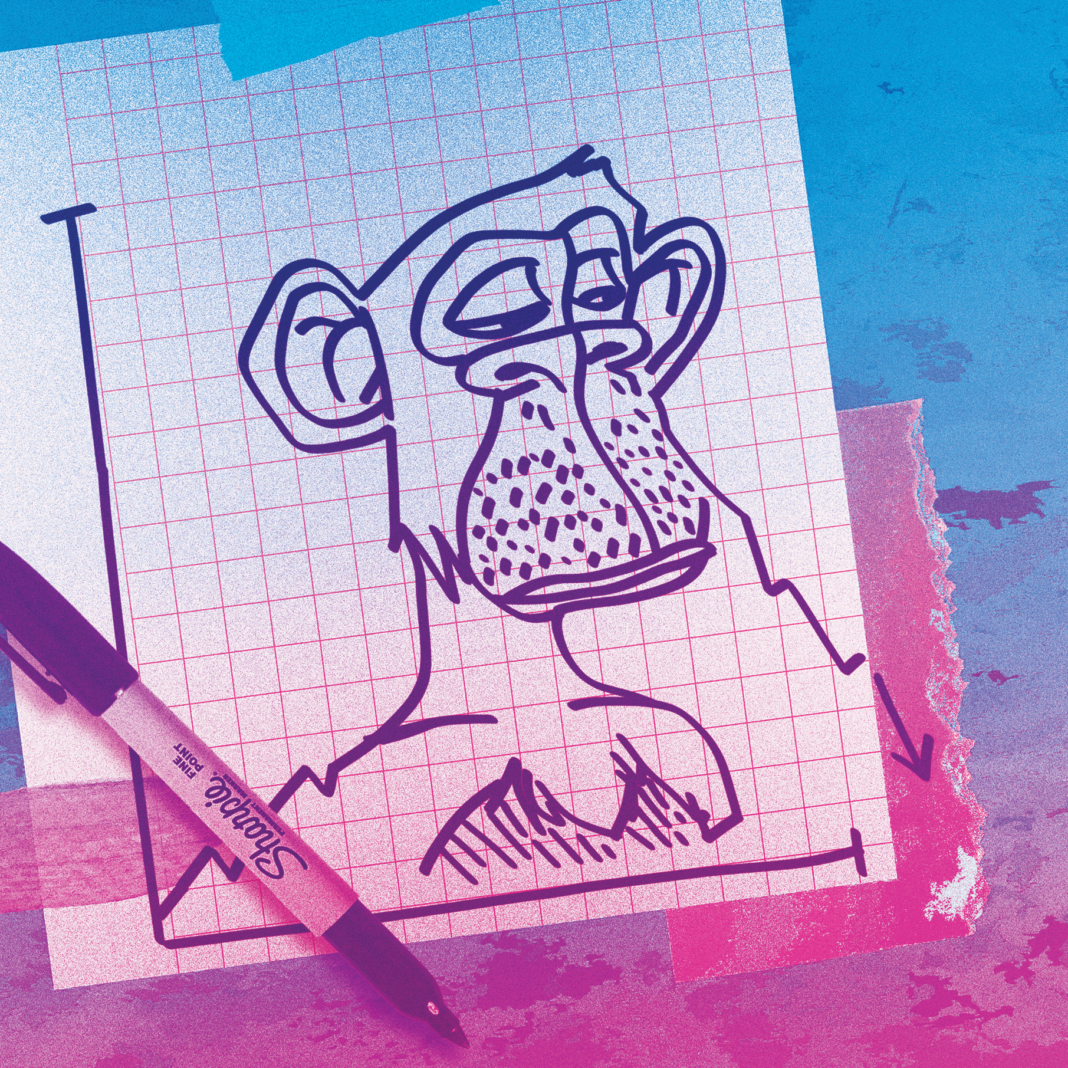Today’s technological innovation has taken theory and turned it into a reality — artificial intelligence is now capable of curating and creating art of its own. New developments paired with the rise of NFTs have caused legislative skepticism in both the art world and economy.
Despite the extensive discourse about non-fungible tokens (NFTs), many still don’t understand what they are or their place in the art world. For those unfamiliar with financial technology and art, tech jargon like NFT, AI, blockchain and digital art can be confusing.
NFTs are distinct digital certificates written into the blockchain — or, digital distributed database — that can represent both digital and physical assets. In terms of art, NFTs serve to verify ownership and authenticity of artworks to ensure that an artist’s piece is irreplicable.
The discussion of NFTs includes the topic of artificial intelligence. AI can curate personalized selections of art for collectors based on their individual preferences in style, artist and subject matter.
Dr. Jill Deupi, the director and chief curator of the Lowe Art Museum, is not afraid of AI, especially not in a curatorial sense.
Deupi referenced an exhibition held earlier this month at Duke University’s Nasher Museum of Art entitled “Act as if you are a curator.” The exhibit was entirely AI-curated, but not entirely accurate.
ChatGPT used a database with all 14,000 of the Nasher’s collected works to curate an exhibition that was not only incohesive, but also had mistitled works and false or misleading descriptions.
“That experiment was clarifying,” Deupi said. “It proved that, at least at this stage, AI is not going to displace human-based curatorial practice.”
However, Deupi did express concern regarding the use of AI to recycle copyrighted works and transform them into something new, a practice some artists may object to.
“The most virulent threats are copyright violations for artists because so much material is just being pulled willy-nilly from the web and recycled and reused without permissions,” Deupi said.
Despite her concerns over AI art forgery, she rejected the notion that artists should create NFTs of their works. Deupi explained that AI should be more properly regulated, and that a copyright should be enough to secure artistic works.
“Art is a very powerful tool for propaganda, and in the wrong hands — and of course, behind AI there are the human programmers — some nefarious works of ‘art’ can be generated by AI, depending on what the prompts are,” Deupi said.
If an artist wants to sell their artwork, be it digital or physical, there is an intrinsic risk that their work could be forged. By creating an NFT, the artist can ensure that their art cannot be copied through the terms of their license — artists can give or deny permission for subsequent owners of their NFTs to use their art for further creation.
For AI and computer-generated art, however, there are no intellectual property rights, meaning it cannot be copyrighted, trademarked or considered intellectual property. There are no existing legal guidelines regarding AI and NFTs, but bills moving through Congress, including the House Stablecoin Bill and Financial Innovation and Technology for the 21st Century Act, would provide guidance on the qualification and management of digital assets, if passed.
The Securities and Exchange Commission (SEC), the government organization responsible for regulating the US securities industry, has pursued enforcement actions against several companies for selling “unregistered securities,” but the greater issue lies in how the SEC qualifies securities, which are assets with economic value like stocks.
UM finance law professor Dr. Vanessa Guzzi, claims that NFTs are “fundamentally misunderstood.” She explained that whether or not NFTs can be defined as securities is still unclear. The SEC has settled with the companies they’ve targeted, leaving no case law or clear guidelines to follow.
“We are in a period awaiting more clarity on whether particular crypto assets and NFTs are securities. And, once we get a regulatory framework — whether through Congress or case law — innovation and creativity will be able to flourish,” Guzzi said.
The debate on whether NFTs are securities is central to the transitioning art world. If marketed improperly, an unregistered artistic NFT could be considered a security by the SEC.
Registering NFTs as securities is extremely expensive and the average artist may not have the means. This starving artist may resort to selling their NFTs as commodities, not securities, but without a strong legal framework, they are subject to significant legal risk.
Ultimately, NFTs exist to help artists, and AI poses no real threat to art at the present moment. Regardless, NFTs and AI are here to stay. The question is, where do we go from here?






